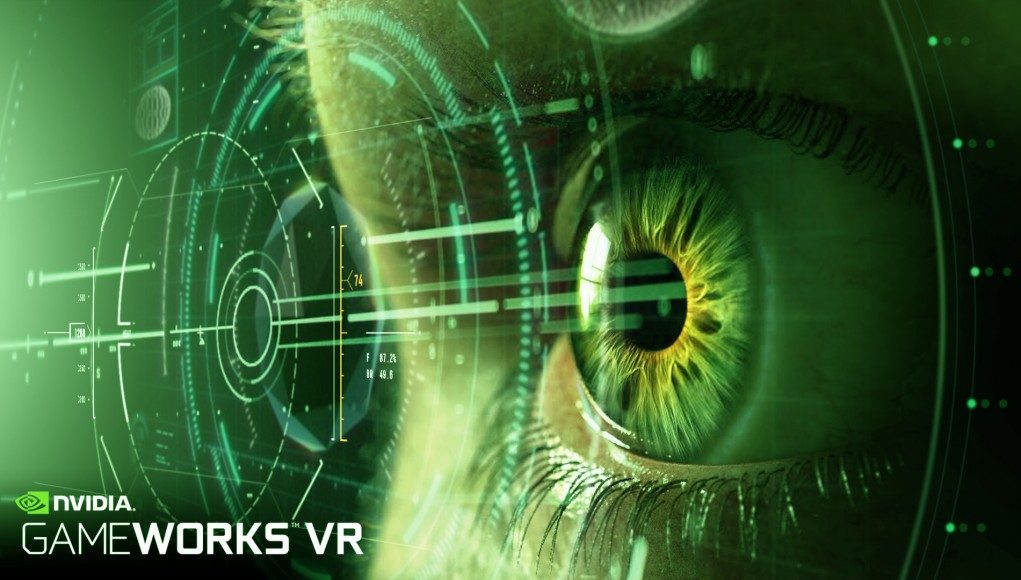 NVIDIA recently announced the first steps towards supporting foveated rendering with Multi-Res Shading as well as VR SLI integration in Unreal Engine 4. I talked with Nvidia’s Tony Tamasi, the senior vice president of content and technology, at the VRX Conference about the company’s GamesWorks VR and VR specific features like Direct to Rift support, Nvidia’s research into advanced lightfield display technologies, and some of the unique graphics challenges that virtual reality has posed to GPU manufacturers.
NVIDIA recently announced the first steps towards supporting foveated rendering with Multi-Res Shading as well as VR SLI integration in Unreal Engine 4. I talked with Nvidia’s Tony Tamasi, the senior vice president of content and technology, at the VRX Conference about the company’s GamesWorks VR and VR specific features like Direct to Rift support, Nvidia’s research into advanced lightfield display technologies, and some of the unique graphics challenges that virtual reality has posed to GPU manufacturers.
LISTEN TO THE VOICES OF VR PODCAST
Nvidia has been looking at VR and AR as a catalyst for new features and functionality, and even made some hardware changes within their Maxwell architecture to support features like Multi-Res Shading. They’re hoping that some of these features could provide enough of a performance boost such that VR enthusiasts could match the performance of a GTX 970 with a card that was below the minimum GPU specs recommended by Oculus.
I talked with Tony about some of the other VR-specific features that Nvidia has been working on for both VR content creators as well as VR hardware manufacturers. Here’s an excerpt from their press release that describes the VR features that we talk about on the podcast:
For Game and Application Developers:
- VR SLI – provides increased performance for virtual reality apps where multiple GPUs can be assigned a specific eye to dramatically accelerate stereo rendering. With the GPU affinity API, VR SLI allows scaling for systems with >2 GPUs.
- Multi-Res Shading – an innovative new rendering technique for VR whereby each part of an image is rendered at a resolution that better matches the pixel density of the warped image. Multi-Res Shading uses Maxwell’s multi-projection architecture to render multiple scaled viewports in a single pass, delivering substantial performance improvements.
For Headset Developers:
- Context Priority – provides headset developers with control over GPU scheduling to support advanced virtual reality features such as asynchronous time warp, which cuts latency and quickly adjusts images as gamers move their heads, without the need to re-render a new frame.
- Direct Mode – the Nvidia driver treats VR headsets as head mounted displays accessible only to VR applications, rather than a typical Windows monitor that your PC shows up on, providing better plug and play support and compatibility for VR headsets.
- Front Buffer Render – enables the GPU to render directly to the front buffer to reduce latency.
Nvidia’s press release said that these features are more likely to land within the next Unreal Engine release of 4.11, but that an exact release version has not been confirmed yet.
Finally, I talk to Tony about balancing cooperation in order to make VR successful while at the same time still push forward with competitive advantages. While there have been a number of surprising collaborations with Nvidia, they will be primarily focusing on innovating on their product features to keep pushing the limits of performance and what’s possible in striving towards rendering more and more realistic real-time virtual environments. For more information, be sure to check out their Nvidia GamesWorks VR page.
Become a Patron! Support The Voices of VR Podcast Patreon
Theme music: “Fatality” by Tigoolio







